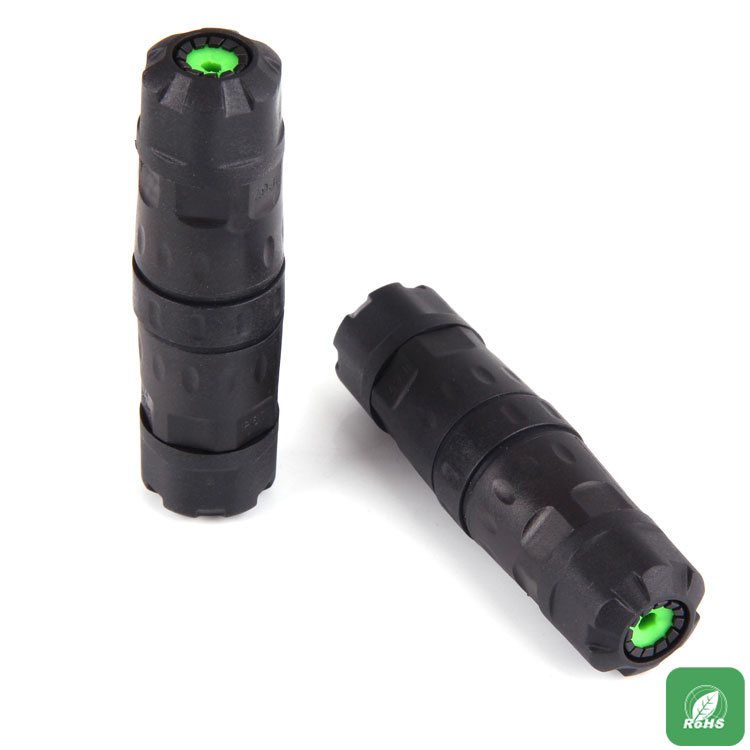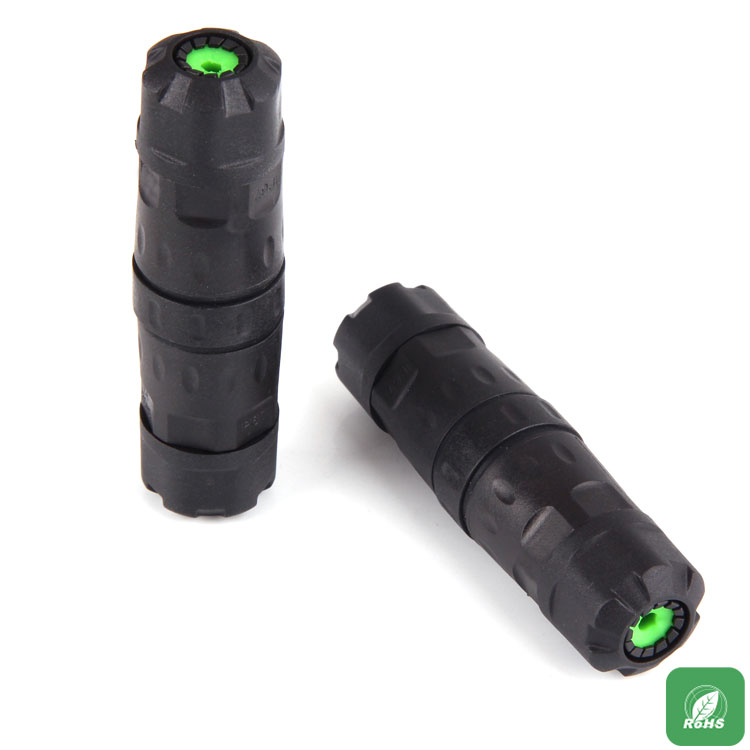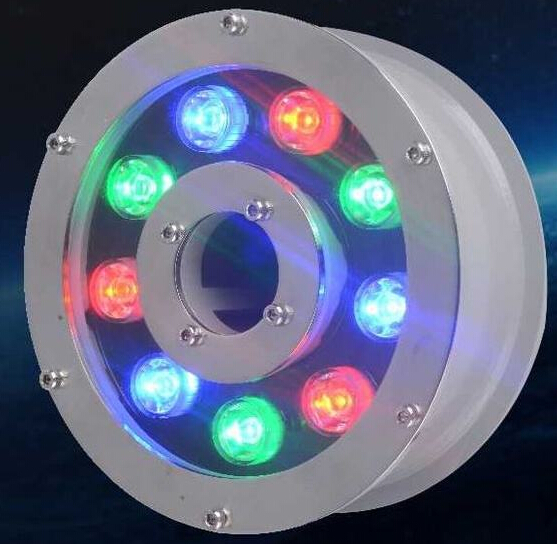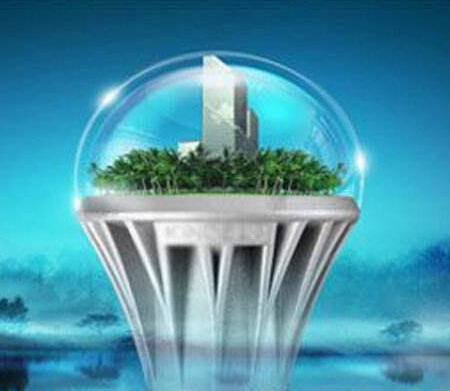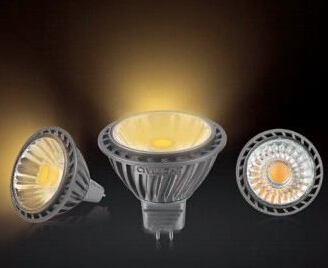Car lighting background
In the past 10 years, the LED industry has developed by leaps and bounds. The performance of LED light source devices has risen step by step and the cost has been decreasing. Most of the light source fields have been replaced by LEDs. As the fourth generation of light source, LED has been widely used in indoor and outdoor lighting, LCD backlighting, landscape lighting, mobile lighting and other fields. With the upgrading of people's consumption concept and the continuous improvement of new technologies and new materials in the LED industry in recent years, LED automotive lighting has gradually ushered in the best development period, from the first interior lighting to the later external signal lights, and then to the nearest In the past two years of lighting fixtures, LEDs have begun to gradually replace the traditional xenon lamps, and began to cover the mid- to high-end automotive lighting market, while there is a tendency to spread to ordinary models.
The automotive market is a mature market, and global sales are generally growing steadily. The global annual growth is about 3-4%, and the global annual sales volume is about 80 million. Automotive Lighting The main application market for LEDs is to replace traditional xenon lamps and even halogen lamps. Due to the low brightness, low luminous efficiency and long startup time of the conventional xenon lamp, the LED is small in size, high in brightness, high in luminous efficiency, easy to distribute light and the cost is slowly decreasing, so that the xenon lamp has been replaced by LED acceleration in recent years.
The current status of automotive standard LED manufacturers
Overview of the current status of various products introduced by car-level LED manufacturers
Because automotive headlights have a very high demand for technology, reliability, and use environment, you need to pay attention to the following when designing products:
The headlights are generally 1 to 6 crystal lamps. The luminous flux of a single LED is generally 1000 to 1600 lm, and the future target luminous flux is 2000 lm.
Due to the high heat, the chip of the product is coated with a ceramic fluorescent film to prevent the temperature from being too high and the diaphragm to move or be damaged.
The substrate of the LED lamp is a ceramic aluminum nitride substrate, the heat dissipation effect is good, the metal part of the substrate is gold plated, and the substrate stability is good.
The distance between the light source chips is small, and the high-temperature fluorescent sheet and the highly reflective white composite material are used, and the single-sided light is emitted. Easy to distribute light, clear cut-off line, no dark area, high illumination. Special high current density, high optical density epitaxial structure and chip structure design. Zener diode protection, electrostatic protection 10KV. High temperature resistant fluorescent sheets and white composite materials are used.
Product reliability meets the requirements of AEC-Q101.
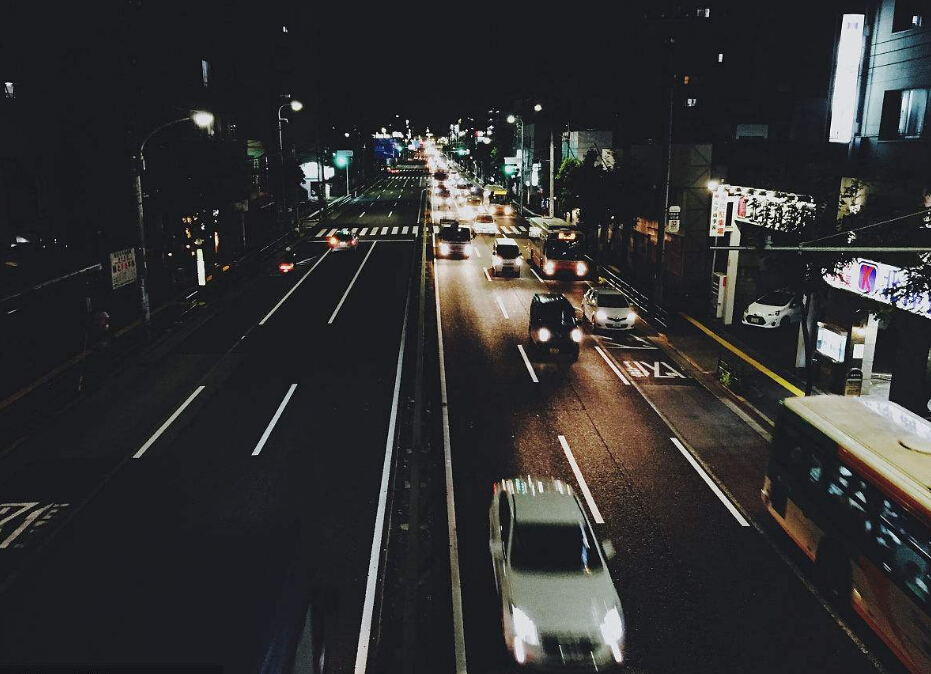
Any car-level LED manufacturer must have very strict reliability verification, especially for the front-loading lamp factory. The product must pass the vehicle-level reliability verification-AEc-Q101. The product reliability verification project is as follows: :
Forecast of the development trend of car standard LED device manufacturers
1. The LED lights used in the aftermarket are gradually developed along the design of the front loading lights.
2, the world's first-class LED manufacturers began to use the form of small and medium-power CSP modules to achieve intelligent headlights, the realization of future smart headlights requires each chip to be individually controlled to achieve different conditions under different road conditions demand.
3. First-class manufacturers have also begun to develop integrated modules, lenses and complete sets of lamps from the manufacture of LED light sources.
4. Some high-end market cars will begin to use laser headlights instead of LED lights.
Laser headlights have several very good advantages:
A. The laser is a coherent light source, a wavelength, and a monochromatic light source, which makes the illumination stronger and the brightness higher.
B. The laser phase difference is constant, so the beam divergence is extremely small, so the light type can be better controlled and more suitable for the requirements of the vehicle gauge.
C. Because the laser diode that produces the laser is very small in size and very energy-saving, it avoids the large-scale array arrangement of LEDs in the lamp, which allows the designers to design the lamp more freely.
D. The light of the laser headlights is not directly emitted, but is applied to the lights after being changed by the optical system. This ensures that the human and animal lights will not be harmed and meet the regulatory requirements.
















 RCCN WeChat QrCode
RCCN WeChat QrCode Mobile WebSite
Mobile WebSite


